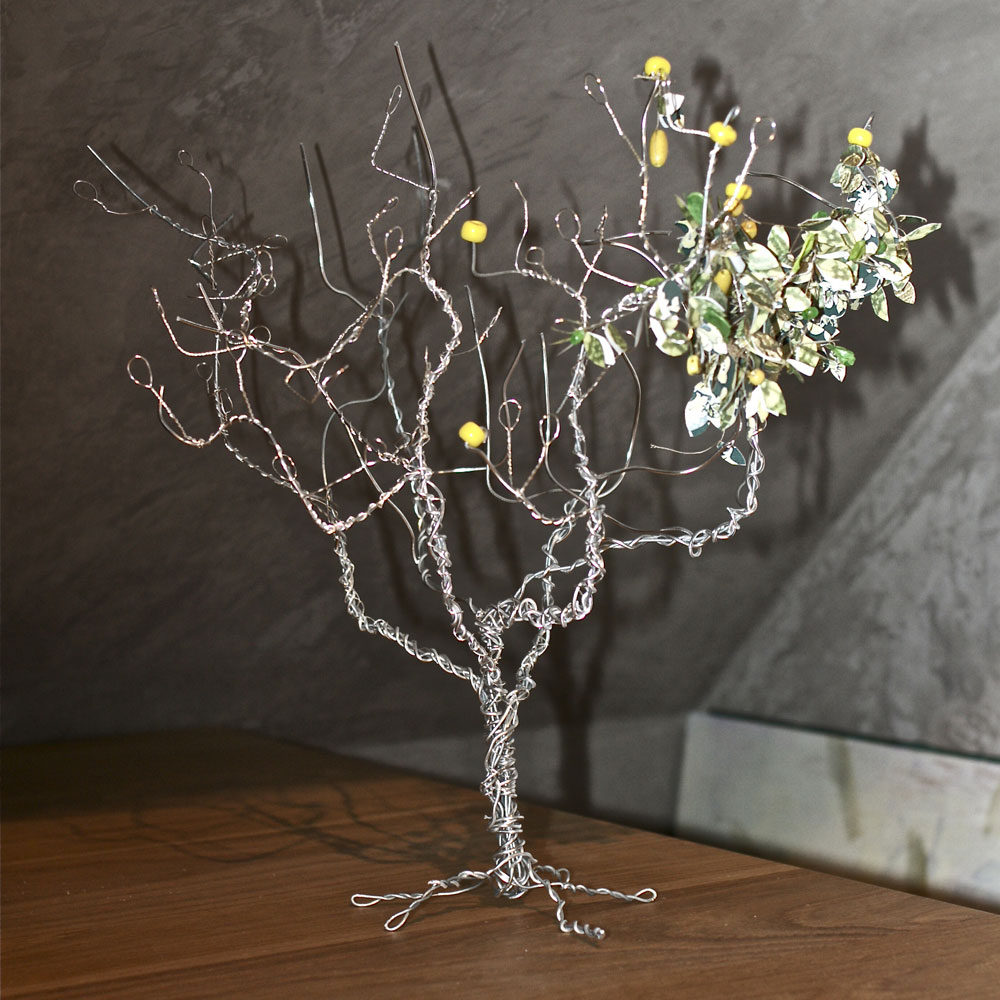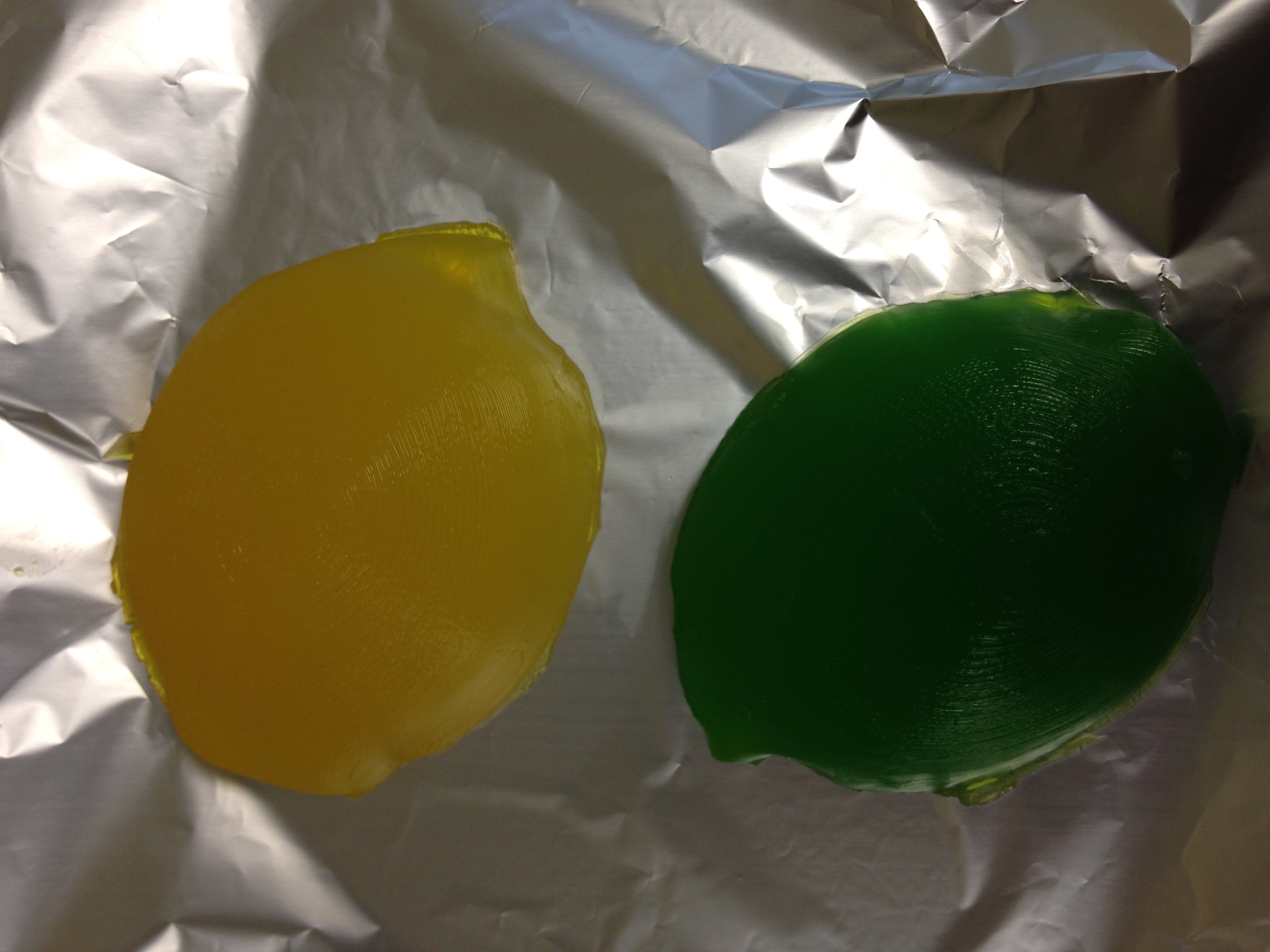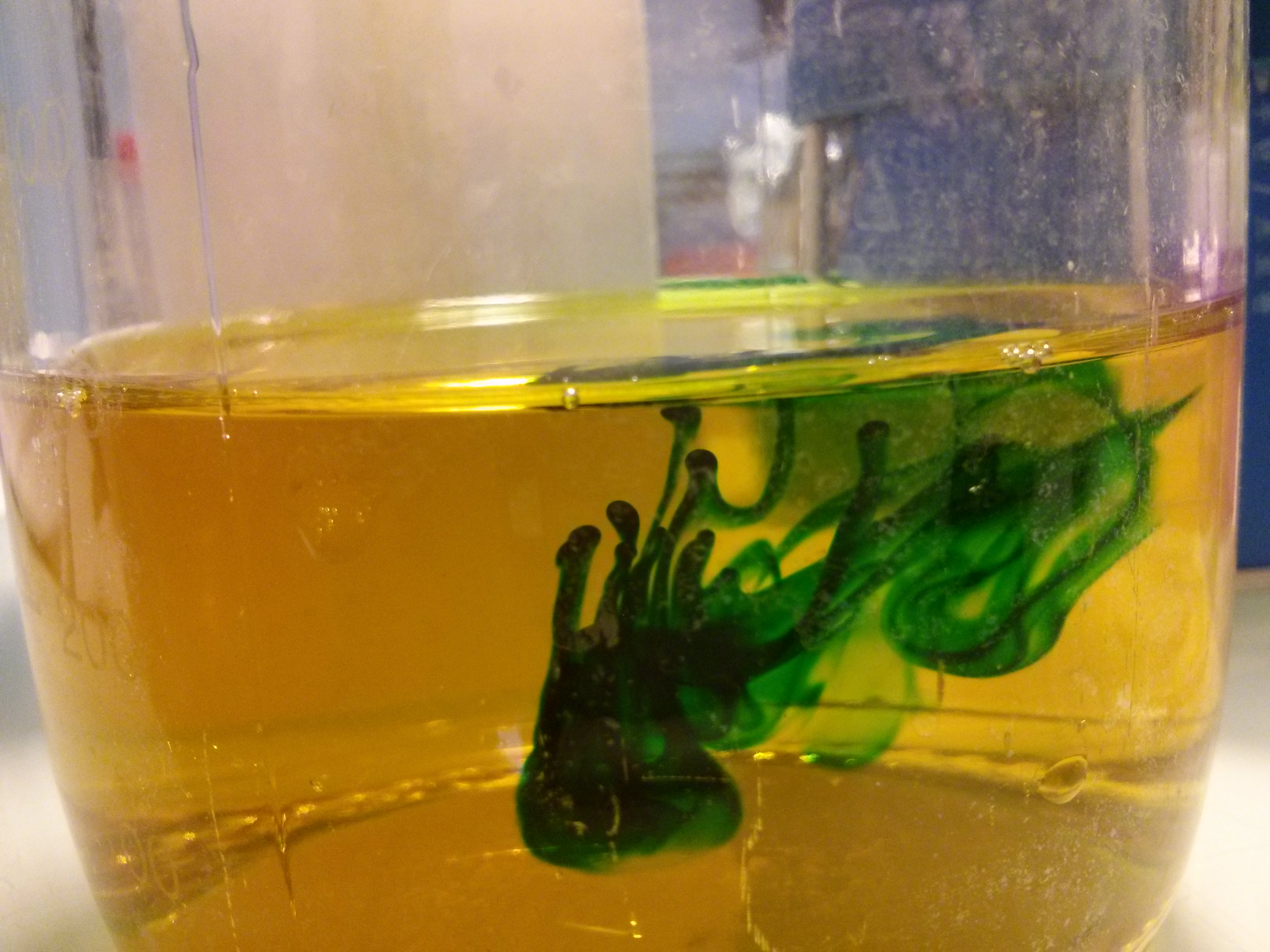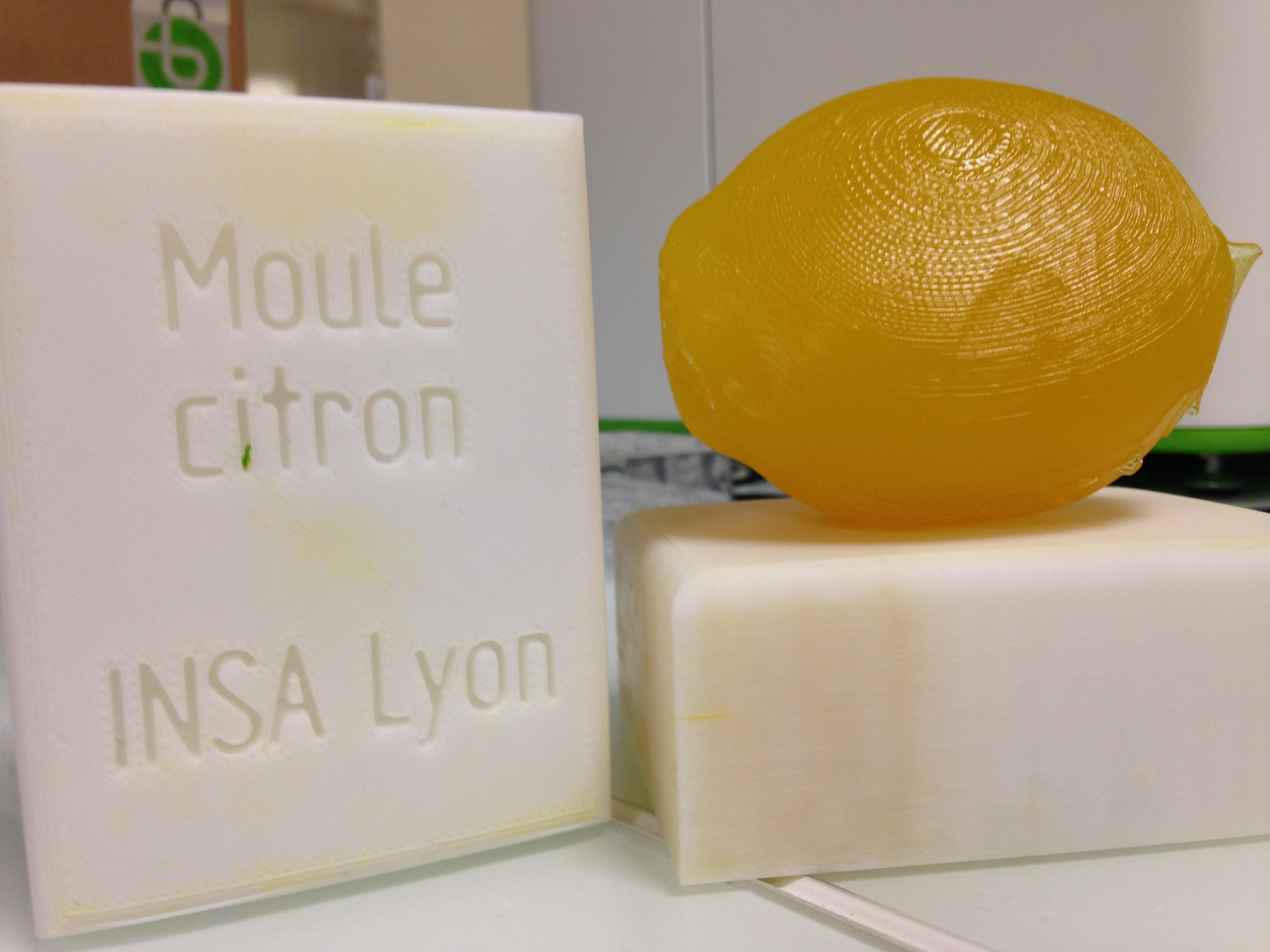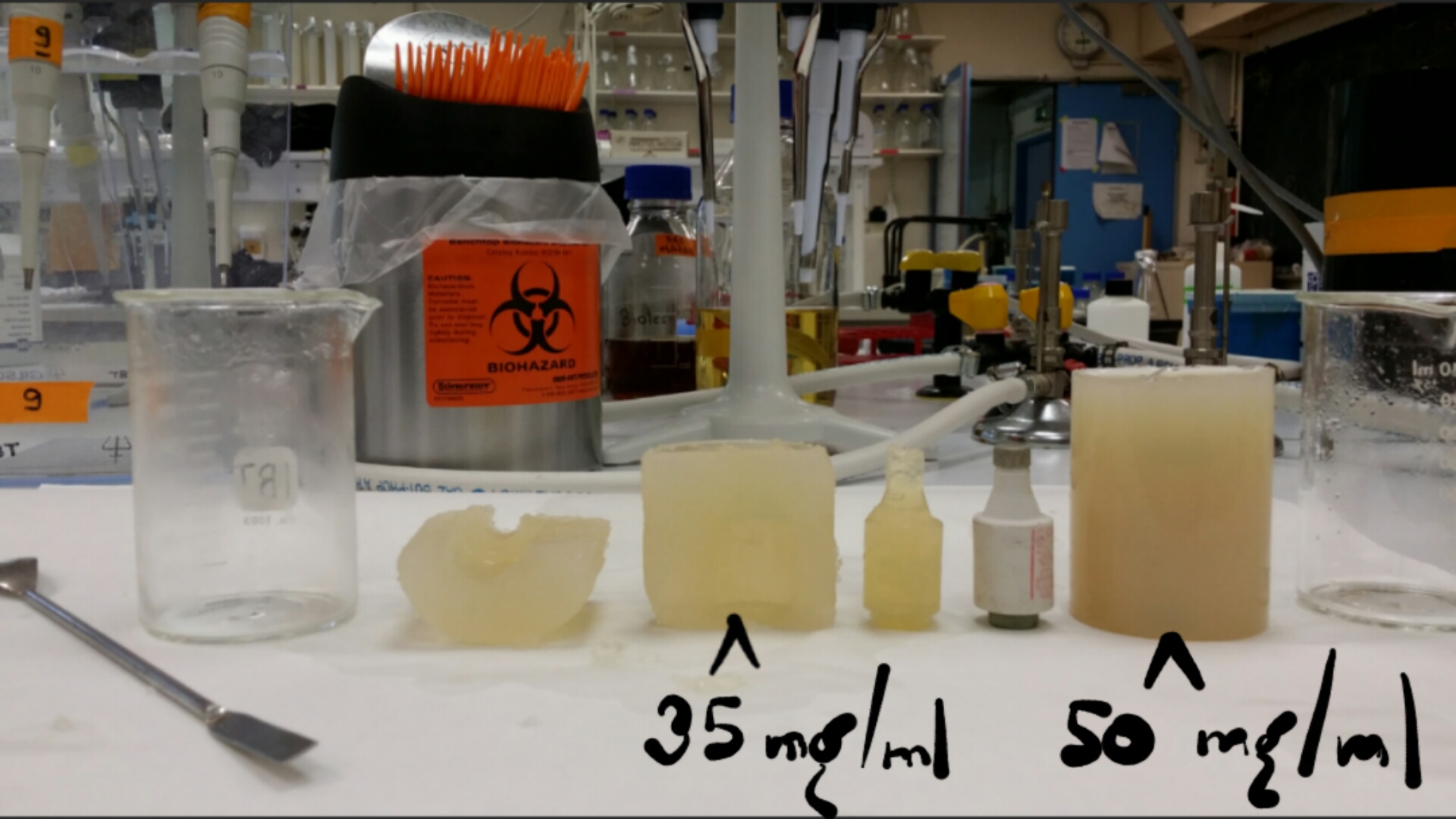Team:Paris Saclay/Project/Lemon Shaping
From 2014.igem.org

Lemon Shaping
Introduction
We decided to build up a lemon tree because it is traditionally accepted that trees embody development, evolution and life. This image sends us back to one of the first issues evoked in our project : defining life. Trees also allow us to figure out time and its impact on living things, season after season. In the case of lemon tree, even if leaf are evergreen, we can easily observe formation of buds, flowers and finally fruits. This theme of time’s impact on living organisms has been exploited in our wiki with the branch which is shown on top of the page: this branch grows as we progress in the wiki. The work we have done to make the lemon pass from green to yellow as well as the expression of perfumed molecules enable to mimic faithfully living things… brings us back to the following questions:
- does synthetic biology blur the divide between living organisms and inert matter? As we create a sculpture partly composed of GMO and faithful to the idea we have of a lemon tree, we make people think that this sculpture is really a lemon tree…
- do you think that bacteria, whose biological functions judged "useless" are deleted in order to maximize the production of a molecule, are closer to machines than living things?
- some people think that this king of production can solve ecological problems linked to (big scale) farming: if this becomes reality, would you be ready to eat food produced via synthetic biology?
Unfortunately, as transporting GMOs abroad or synthesizing them in Boston was impossible, we withdrew this idea.
- structure:
- trunk and branch: metal
- leaf: silk paper with different green patterns
- lemon: gel
We wanted to create our lemon on a base of agar gel, which can be a good medium for bacteria and cohesive enough to support its own structure. Our very first idea was to print the lemon with agar, but 3D printer are still pricey and the realization quite difficult given that we do not have much time allowed. We eventually opted for a more conventional way to achieve our objective: molding!
Realisation
First of all, we needed to know the optimal concentrations of agar to make our gel. Too much agar, and the bacteria colors would be masked by the natural one of agar, plus, air would not properly pass through and bacteria would die. Not enough agar, and the structure would collapse. Various tests have been carried out and we conjectured that the most efficient gel for our purpose has a concentration of 25 mg/l.
Secondly, we tried different concentrations of bacteria to check if our gel would be translucent enough to see the color of our bacteria. The problem was the LB medium since it is naturally colored. We eventually opted for a colorless one : M63 medium. We also prepared bacteria expressing amplified Fluorescent Protein in the case that we could not achieve our chromoprotein.
Concerning the mold itself, we came up with an alternative solution to mold using only agar (left picture) but we finally had two other options: a home-made silicone mold (picture at the center) and an other mold made by the Lyon team using a 3D printer (right picture).
 "
"




